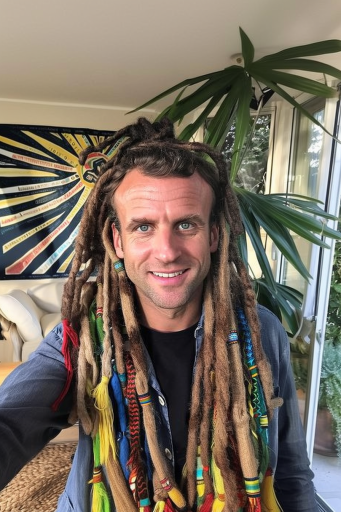Explore the Best AI Image Gallery

The Intersection of AI and Art: Opportunities and Challenges
In recent years, AI-generated images have emerged as a game-changer in the art world, reshaping traditional notions of creativity and expression. With advanced algorithms capable of producing stunning visuals, artists are beginning to explore novel avenues of collaboration with technology. This post will discuss the implications of AI in art, highlighting its applications, ethical considerations, and the potential future it holds for creators.
The Creative Process Enhanced
AI tools such as Generative Adversarial Networks (GANs), style transfer algorithms, and deep learning models are revolutionizing how art is created. These technologies allow artists to:
- Explore New Styles: Artists can use AI to blend different artistic styles, creating unique outcomes that might not be achievable by human hands alone. For example, an artist can combine the classic forms of Van Gogh with contemporary designs to produce something wholly innovative.
- Speed Up Production: AI can generate numerous iterations of an artwork in a fraction of the time, freeing artists to focus on refining their ideas or exploring new projects.
- Enhance Creativity: AI can act as a creative partner, offering inspirations and suggestions based on vast datasets and past artworks, sparking new ideas that artists may have never considered.
Real-World Applications
The practical applications of AI-generated images are vast, impacting various sectors beyond traditional visual arts. For instance:
- Marketing and Advertising: AI-generated visuals can create personalized content for advertising campaigns, tailoring images that resonate with targeted consumer bases.
- Gaming and Film: AI is being used to develop dynamic environments and characters, enriching the visuals and user experience in gaming and cinematic storytelling.
- Fashion and Design: Designers are utilizing AI-generated patterns and designs to innovate new textiles and styles, responding swiftly to consumer trends.
Ethical Considerations
While the fusion of AI and art presents exciting possibilities, it also raises important ethical questions:
- Authorship and Ownership: Who owns an AI-generated artwork? Is it the programmer, the machine, or the artist who prompted it? These questions challenge the established norms of copyright and intellectual property.
- Authenticity: As AI can replicate styles and forms, there is a concern regarding the authenticity of art. Will AI-generated pieces be viewed as less valuable than those created solely by human hands?
- Job Displacement: The potential for AI to replace roles traditionally filled by human artists raises concerns over job security within the creative industry.
The Future of AI in Art
As AI continues to evolve, its integration into the art world is likely to deepen. Here are some anticipated trends:
- Collaborative Art: More artists may adopt AI as a co-creator, leading to a hybrid approach to artistry that marries human intuition with machine efficiency.
- AI in Art Education: Educational institutions might increasingly incorporate AI tools into art curriculums, preparing new generations of artists to leverage technology in their creative processes.
- Expanded Accessibility: AI could democratize art creation, enabling individuals with little to no artistic training to generate compelling visuals, thus broadening participation in the art world.
In conclusion, AI-generated images are significantly influencing the landscape of contemporary art. As artists and technologists navigate this evolving relationship, it remains crucial to address the ethical implications while embracing the opportunities that AI provides. The future of art is here, and it is intertwined with the threads of innovation and creativity that AI weaves.
](https://images.ai-img.art/thumbnails/150/4289d1230b86a96c4d556636c3167bed0ef38f850826549517e4e45db4d87bf7.webp)







](https://images.ai-img.art/thumbnails/150/f9584153b4cddd8c9fab611dc10247549b275c59bc173251e37d0935874f9deb.webp)










](https://images.ai-img.art/thumbnails/150/008b5d5d49667cc2e93a5f8a8adfaa545963da99c39ff0901f5296294636400d.webp)
](https://images.ai-img.art/thumbnails/150/bddf3ae4a232290858389b933c866ad3be429ef2e25c23a9f4d7713ed6e44d0b.webp)













](https://images.ai-img.art/thumbnails/150/f67d9af3398150f2ab1bcf250717fea134275e2ca896252b54a4d9bb3719f9ac.webp)





](https://images.ai-img.art/thumbnails/150/c2c9c48b38fae37f0a457b80b084ed01ba803810fc8f488c8f610c03abc74049.webp)
